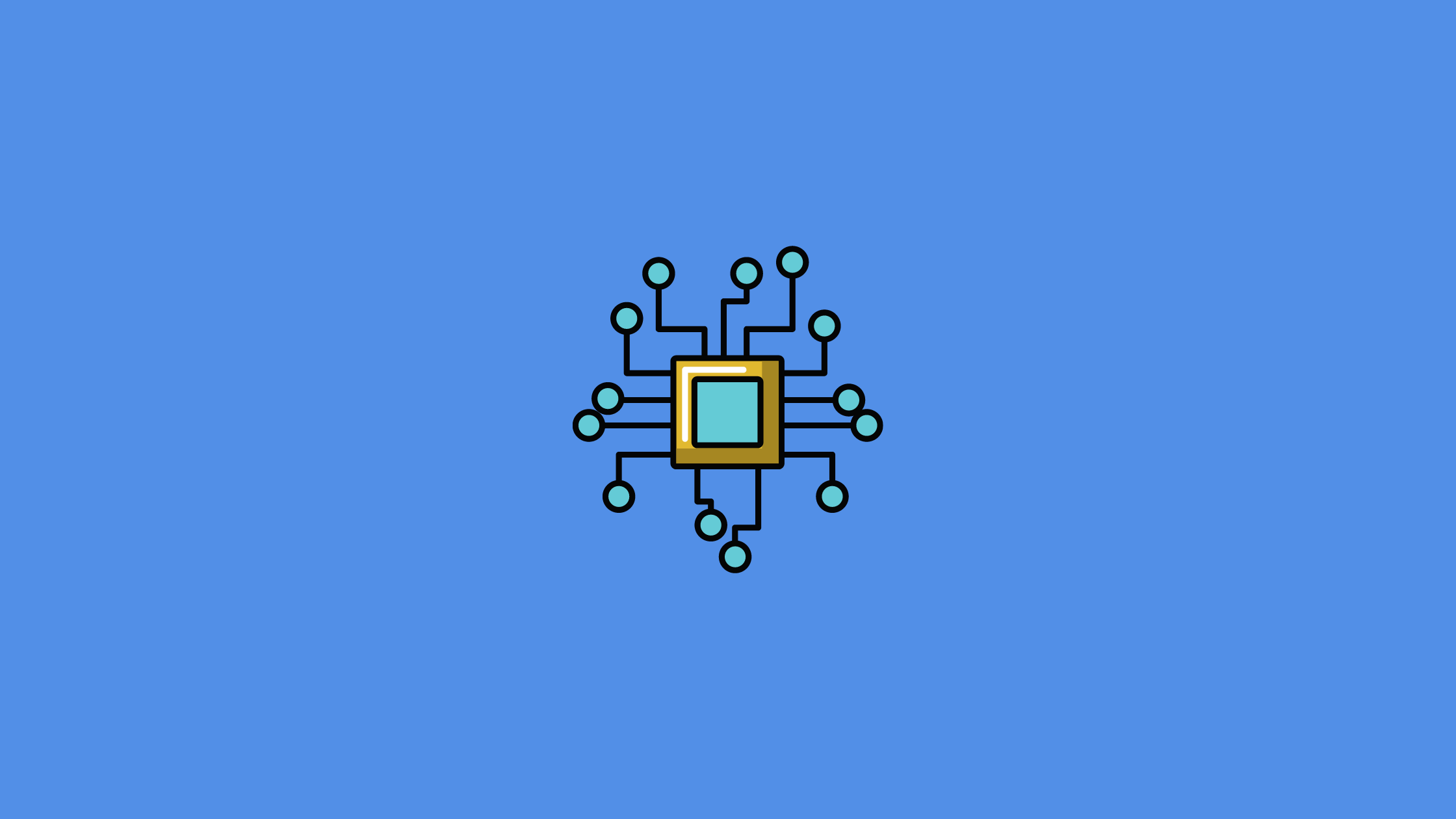Our Digital Lives are Truly Complex
A time when ignoring the growing popularity of digital assets is no longer an option.

In an increasingly digital world, it’s hard to deny the impact of new technologies and innovation on our daily lives. For some, there is even a notable distinction between their in-person life and their digital one. For others, they may seem similar.
Our digital lives have become more complex and involved than ever before. Where the Internet and digital spaces were once an added convenience to our lives, now thousands of people rely on these things for income, connection, and prosperity; in other words, they live online, much like they live in the real world.
With this in mind, this article will explore the growing importance of digitization and the expanding complexities of digital assets.

Now vs. Then: The Evolution of Our Digital Lives
Before looking at the present, let’s rewind a decade and examine where we came from.
Though our digital lives had come a long way in 2011 from the humble origins of the Internet in the 80s, they were nonetheless much simpler than now. Sites like Google were starting to dominate the digital space, but the average person still maintained a relatively low online presence. As we began to build our identities online, participate in activities, and create content, there were just a few digital accounts for a person to have, mainly in the form of social media and email.
Nowadays, everything is online – from banking to healthcare. Social media platforms, most notably, have grown immensely, reaching 4.48 billion users globally in July 2021.
On top of this, digital assets such as cryptocurrencies and NFTs have become extremely popular and accessible – and for the younger generations of digital natives, these assets have proved to be highly profitable. Teenagers were some of the first people to embrace the power of digital assets, with some going on to make millions of dollars either making or trading NFTs.
This leads us to the now – a time when ignoring the growing popularity of digital assets is no longer an option.
The Growing World of Digital Assets
The web has evolved in crucial ways, moving from the simplicity of web 1.0 to today’s web 3.0, or web3. Put simply, web3 is the latest iteration of the World Wide Web that places greater emphasis on decentralization and digital assets – like the NFTs and cryptocurrencies being traded for millions through blockchain technology.
For many people – especially those belonging to older generations – this shift towards digital assets and accounts seems overwhelmingly complex. The reality, however, is that things will only become more complicated from here. Their digital assets may dwarf their physical assets in both value and complexity. What we can see in our physical possessions – our homes, our cars, our money (still questionable) – may be just a small representation of our true wealth and estate overall that we build throughout our lives.
According to a market report on the Global Digital Asset Management Market, the market for just managing assets is expected to grow by $7.45 billion (USD) between 2021 to 2025. True value of assets are in the trillions.
As a result, more businesses and concepts are emerging to help everyday people and the wealthy alike make better sense of how to keep track of, manage, grow and leverage digital assets to their future wealth.
Final Thoughts: What Will You Do with Your Digital Assets beyond Growing Monetary Value?
Living digital-free is virtually impossible for most people. As a result, everyone has built a web of assets and accounts that represent their true digital lives online. This web may be more complex than what you own physically. This had led many to ask themselves:
What digital assets do I have, and what can I do with them? And more importantly, what happens to these assets after I am no longer physically alive?
Though it can be a massive and complex topic to approach, understanding what you have, and how much you value it – versus how much it is truly valued – is critical. You may even want to think about who would value from having it, and what these assets may do over a longer period of time. The list is lengthy now – it is your social media, content, visual creations, crypto, NFTs, in-game assets – even your code (on Github) – and the list is growing every day.
Do these things leave a legacy? Do they show the world who I truly am? Are they my life’s work that deserves to be carried on by my friends and family? Are they simply a representation of my time here, alive, and should they be truly “digitally cremated” with me?
The world is only going to continue moving in a digital direction, and our digital footprints have become exponentially more meaningful and impactful than ever before. Thus, having a clear understanding of what you have and what you want to do with it – is critical.